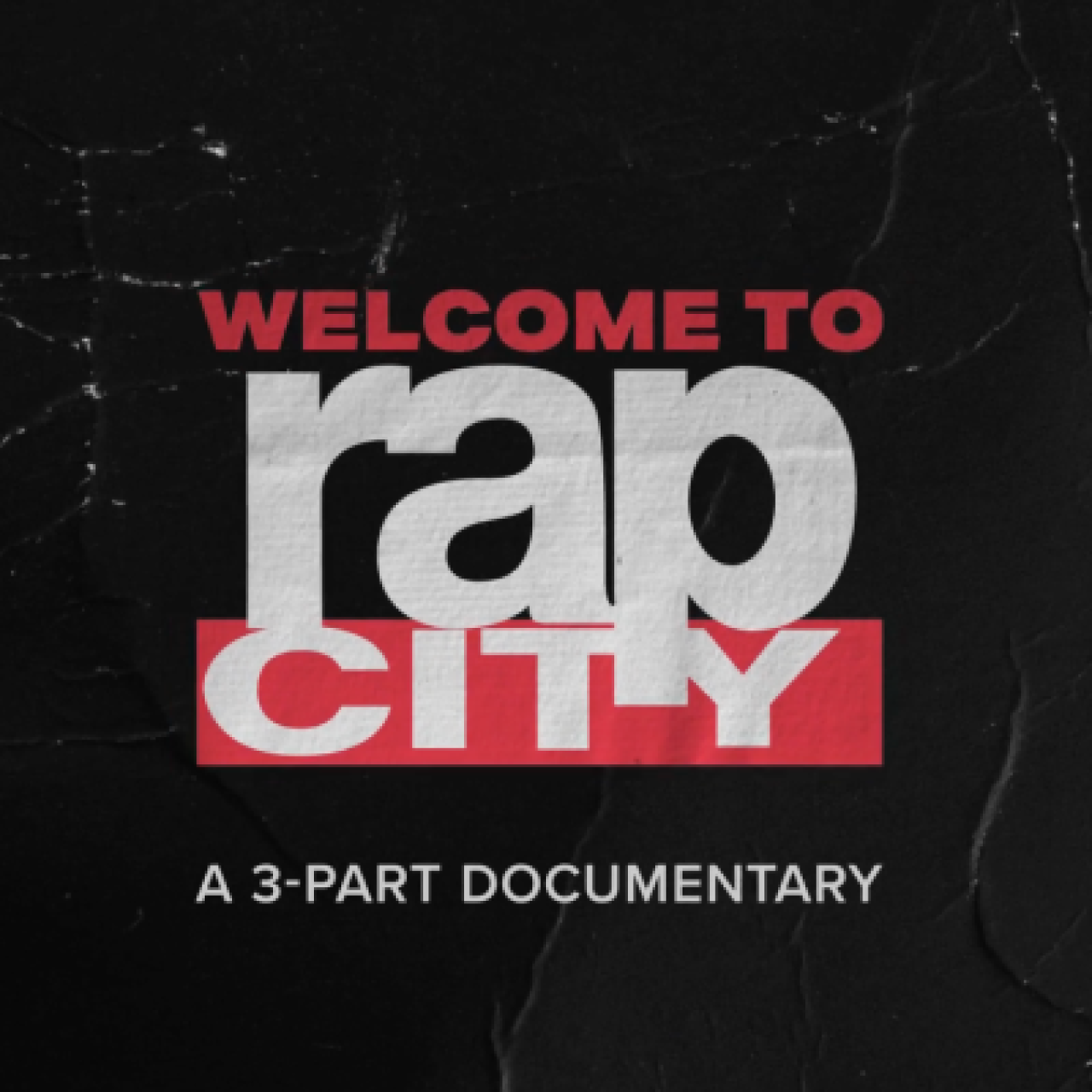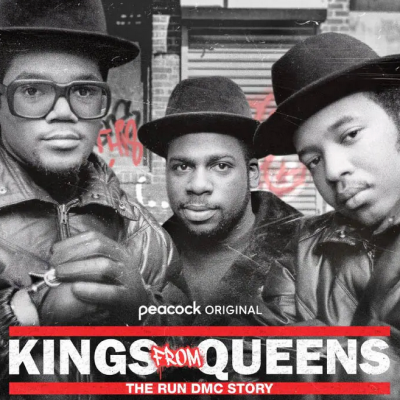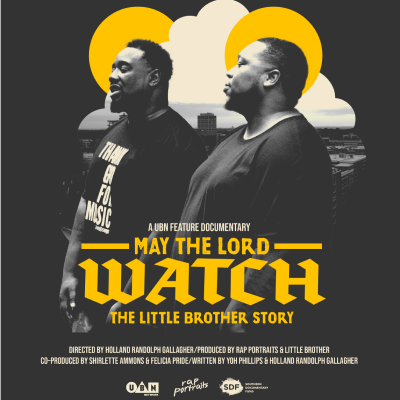Broadcast on BET over three nights — the first episode was shown on October 10 prior to the 2023 BET Hip-Hop Awards — Welcome to Rap City explores the history of the much-missed video program. The filmmakers acknowledge that Rap City debuted in 1989 after BET tried to offload rap videos onto its secondary program, Video Vibrations, instead of giving them equal attention on its flagship program, Video Soul. But they downplay how BET only created Video Vibrations’ memorable “Rap Week” and then Rap City in response to MTV’s groundbreaking Yo! MTV Raps, which debuted in 1988 and made people loudly question why the biggest Black-owned cable station in the country didn’t embrace the genre. (Meanwhile, a tacitly displayed photo of BET founder Robert Johnson with President George H.W. Bush nods to Johnson’s politically conservative background.) Initially, Rap City‘s production values were noticeably poorer than Yo! MTV Raps, although they yielded a homespun charm with riotously funny host Chris “The Mayor” Thomas; and, later, smoothed-out host Prince DaJour. The program’s main value, as one person notes, is that “they showed everything,” thanks to broadcasting two hours every weekday while Yo! MTV Raps stuck to six hourly shows. (Doctor Dré and Ed Lover handled Yo! MTV Raps‘ weekday afternoon segments, while Fab 5 Freddy hosted the main Friday night showcase.) It didn’t truly hit its stride until 1994 and after Yo! MTV Raps was inexplicably canceled, Joe Clair and Big Lez joined as hosts, and BET increased the show’s budget, allowing the program to travel beyond the East Coast. The filmmakers make much of Clair’s 1997 interview with the Notorious B.I.G. in Los Angeles, which became the rapper’s last filmed television appearance. (The interview didn’t air until a week after Biggie was murdered.) But all in all, Welcome to Rap City has way too many talking heads. With due respect to Debra Lee and Stephen G. Hill, no one needs to see a phalanx of television and music executives congratulating themselves. Fans want vintage clips of “WRAP Radio,” “The Basement” ciphers, Chris Thomas doing his arm-bounce dance, Big Lez flexing and flirting, Joe Clair’s lovably bad freestyles, and Big Tigger disarming guests with his infectious goofiness. By centering the backroom machinations that led to Rap City’s rise and fall, Welcome to Rap City underplays the earthy appeal that made the program so special. A handful of rap stars appear, including Ludacris, T.I., Eve, Dipset, and Trina. Given Rap City‘s massive impact, it feels like there should be many more. Former The Source editor Selwyn Seyfu Hinds adds important historical context. Welcome to Rap City is directed by Rahman Ali Bug and marks a collaboration between BET Media Group and Mass Appeal.
Humthrush.com will always be free to read and enjoy. If you like my work, leave a tip at Ko-fi.com/humthrush.


